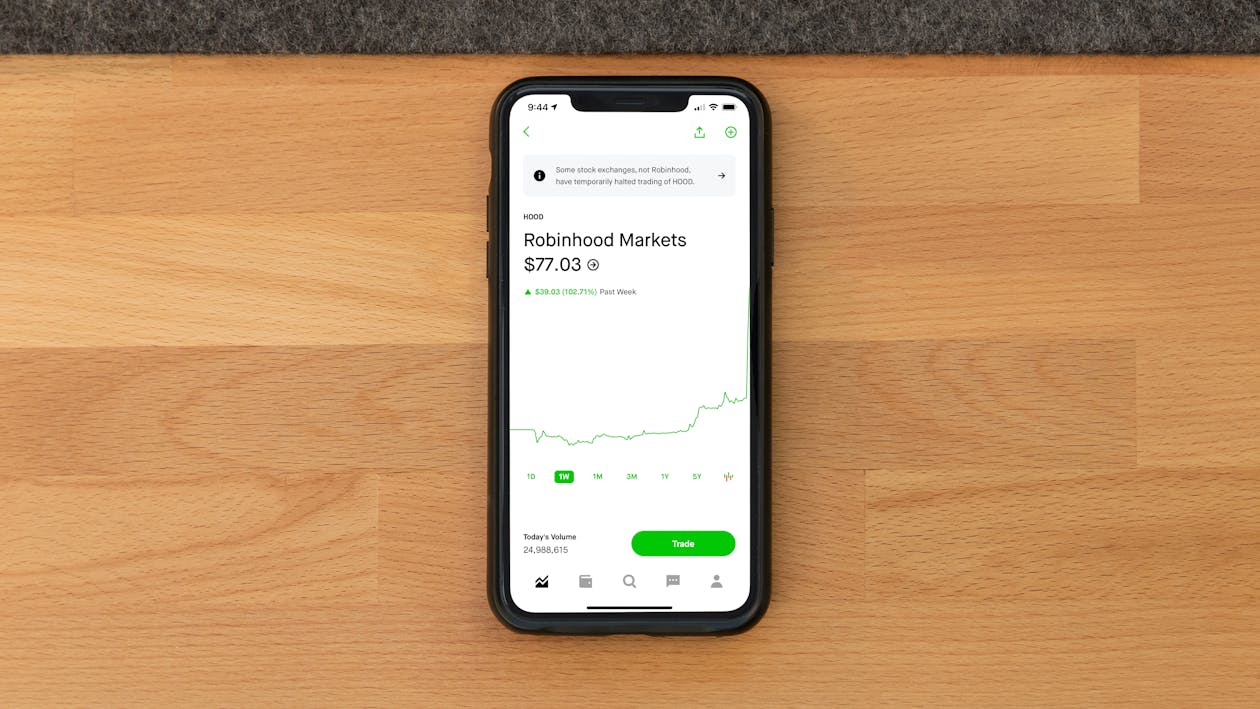Exploring The Low Beta Premium: What You Need To Know
Author: ChatGPT
March 26, 2023
Introduction
The low beta premium is a concept that has been gaining traction in the world of finance and investing. It refers to the idea that stocks with lower betas (volatility) tend to outperform those with higher betas over time. This phenomenon has been observed in both developed and emerging markets, and it has implications for investors who are looking to maximize their returns. In this blog post, we'll take a deep dive into the low beta premium and explore what it means for investors.
What is Beta?
Before we can understand the low beta premium, it's important to have a basic understanding of what beta is. Beta is a measure of volatility, or how much a stock's price fluctuates relative to the overall market. A stock with a beta of 1 means that its price moves in line with the market; if the market goes up by 10%, then so does the stock's price. A stock with a beta of less than 1 is considered less volatile than the market; if the market goes up by 10%, then its price may only go up by 5%. Conversely, a stock with a beta greater than 1 is considered more volatile than the market; if the market goes up by 10%, then its price may go up by 15%.

What is The Low Beta Premium?
The low beta premium refers to the idea that stocks with lower betas tend to outperform those with higher betas over time. This phenomenon has been observed in both developed and emerging markets, and it suggests that investors may be able to achieve higher returns by investing in stocks with lower betas. The reason for this outperformance is not entirely clear, but some theories suggest that investors are willing to pay more for stocks with lower betas because they are perceived as being less risky.
Why Should Investors Care About The Low Beta Premium?
The low beta premium can be an important factor for investors who are looking to maximize their returns while minimizing their risk. By investing in stocks with lower betas, investors can potentially achieve higher returns while taking on less risk than they would if they invested in stocks with higher betas. Additionally, investing in stocks with lower betas can help diversify an investor's portfolio since these stocks tend to move differently from other stocks in their portfolio.
How Can Investors Take Advantage Of The Low Beta Premium?
Investors who want to take advantage of the low beta premium should focus on identifying stocks that have low betas but still offer attractive returns. This can be done through fundamental analysis or technical analysis, or through using quantitative models such as factor-based investing strategies or smart-beta ETFs (exchange-traded funds). Additionally, investors should consider diversifying their portfolios across different sectors and countries so that they can benefit from any potential outperformance from low-beta stocks without taking on too much risk from any one sector or country.
In conclusion, understanding and taking advantage of the low beta premium can be an important part of any investor's strategy for maximizing returns while minimizing risk. By focusing on identifying attractive investments with lower betas and diversifying across different sectors and countries, investors can potentially benefit from any potential outperformance from these investments without taking on too much risk from any one sector or country.I highly recommend exploring these related articles, which will provide valuable insights and help you gain a more comprehensive understanding of the subject matter.:www.cscourses.dev/ite\website\articles\predictability-of-the-value-premium-across-asset-classes.html, www.cscourses.dev/ite\website\articles\resurrecting-the-value-premium.html, www.cscourses.dev/what-are-guaranteed-cost-premium.html

How Long Does It Take To Sell Stock And Get Money?
Discover the answer to one of the most frequently asked questions in the world of finance - learn how long it takes to sell stock and receive your earnings.

What Are High Dividend Stocks?
Discover how investing in high dividend stocks can potentially provide a steady income stream and increase your long-term returns in the stock market.

Are Data Science And Machine Learning The Same?
Data science is a field of study that focuses on extracting insights from large amounts of data. It involves using various techniques such as machine learning, natural language processing, statistics, and data mining to analyze data sets and uncover patterns or trends.

Are Remarkable Tablets Worth It?
Are you looking for a device that can replace your notebooks and printed documents? If so, you may have heard of the reMarkable 2 tablet.
